Cars are built to be used, not to sit idle. While leaving a vehicle parked for a few days is no big deal, letting it sit for weeks or months without being driven can create a cascade of problems. Many of these issues creep up silently and only reveal themselves the next time you try to start the car or take it for a drive. What might have seemed like saving wear and tear can actually shorten the lifespan of key components and lead to costly repairs. From drained batteries to failing seals, here is what really happens when your car spends more time parked than on the road.
The Battery Starts to Drain
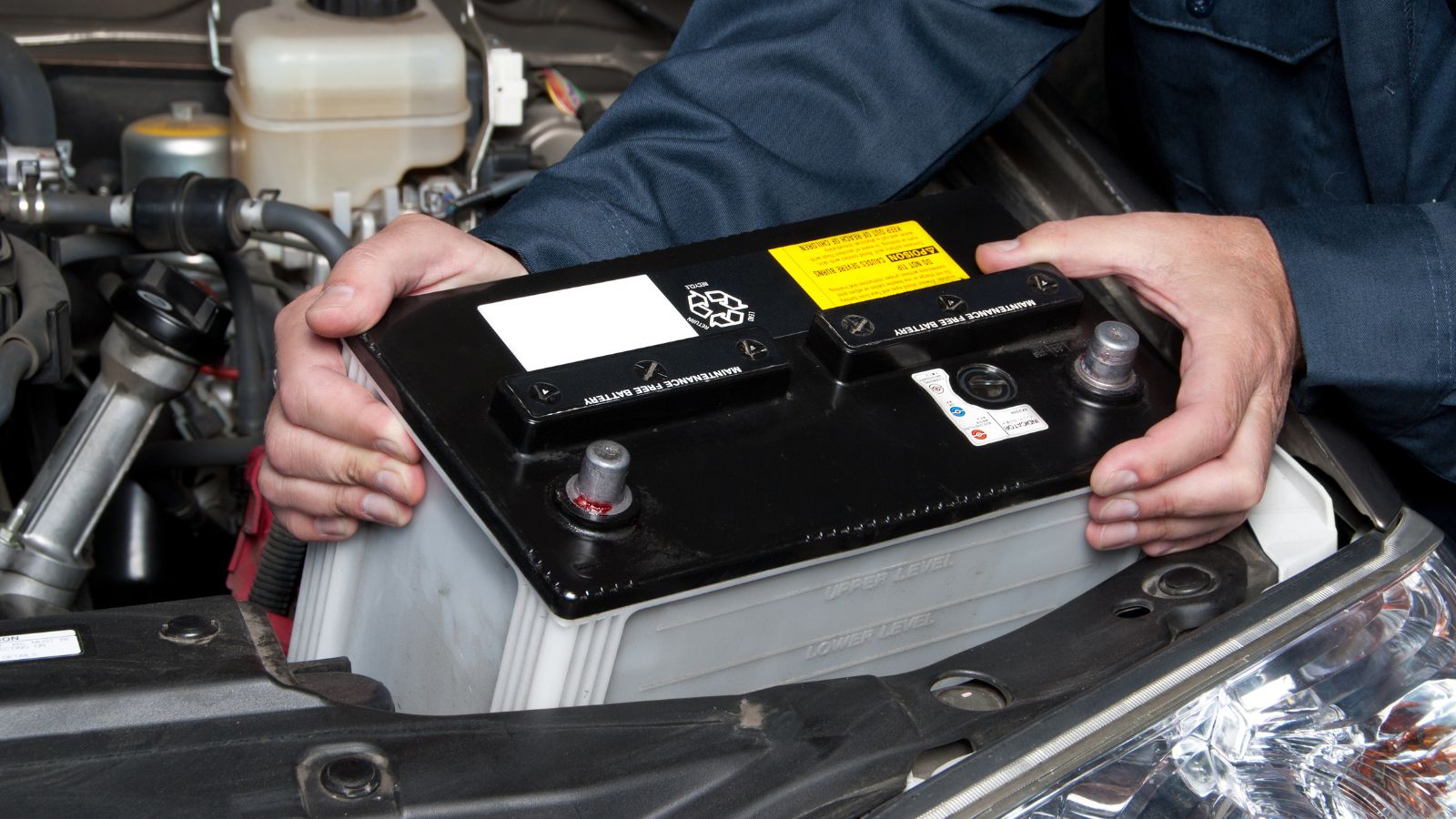
One of the first things to suffer when a car is not used is the battery. Modern vehicles are packed with electronic systems that continue to draw power even when the car is off. Alarm systems, onboard computers, and remote entry features all create what is called a parasitic drain. If the car is not run regularly to allow the alternator to recharge the battery, it will go flat. A dead battery can occur in as little as two weeks for some vehicles, especially in colder weather. Once the battery is deeply discharged, it may never fully recover, leaving you stranded or forced to buy a replacement sooner than expected.
Tires Can Develop Flat Spots
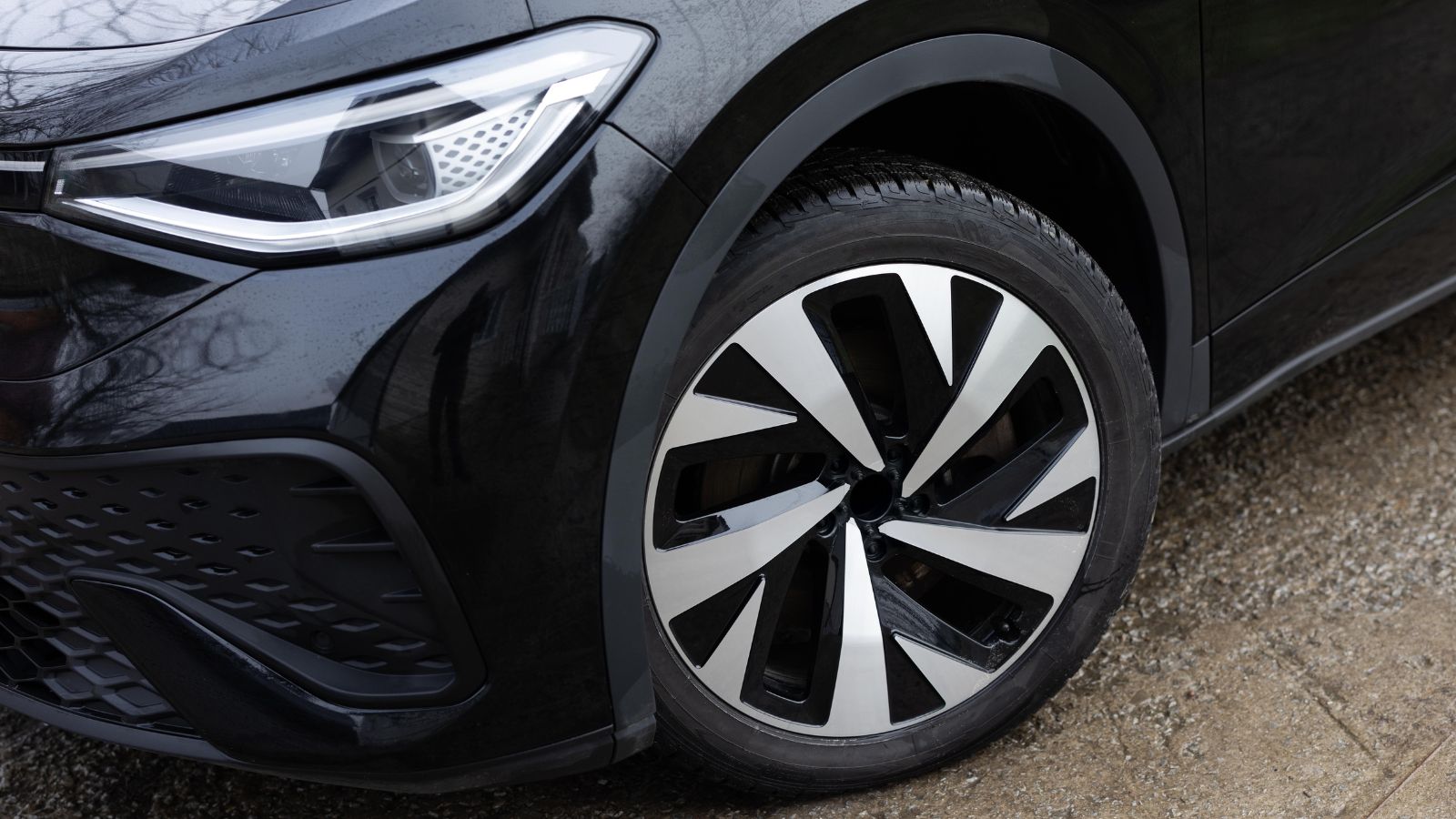
When a car remains in one position for an extended period, the full weight of the vehicle presses down on the same sections of the tires. Over time, this creates flat spots that alter the shape of the rubber. Minor flat spots can sometimes smooth out after a drive, but more severe cases lead to vibration, uneven handling, and even permanent tire damage. For vehicles left idle for months, the tires can age prematurely, losing flexibility and cracking in addition to flat spotting. Replacing a set of tires because the car was not driven is one of the more frustrating expenses an owner can face.
Fluids Begin to Deteriorate
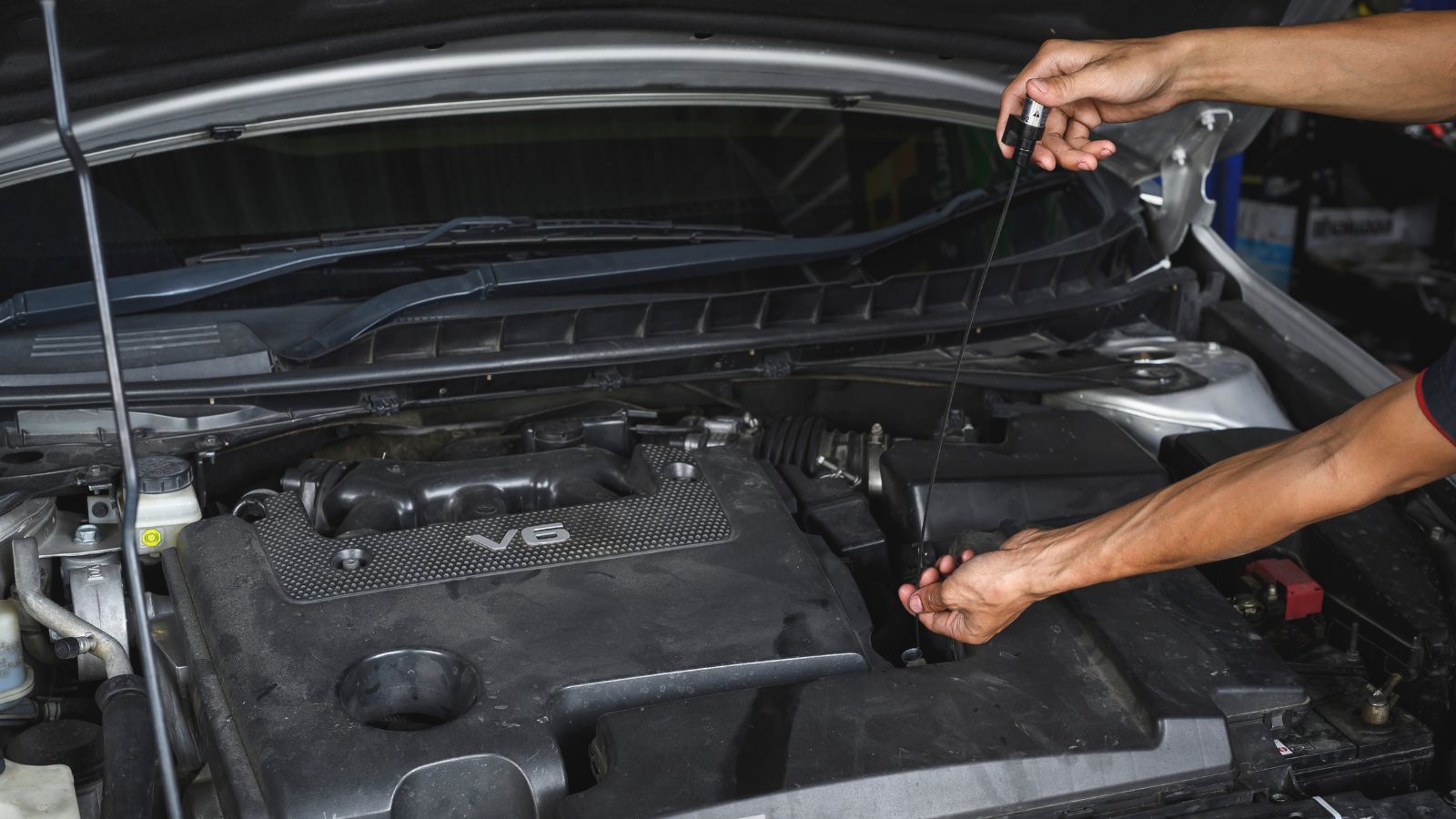
Fluids are the lifeblood of any car, and they rely on movement to stay effective. Engine oil lubricates moving parts, transmission fluid ensures smooth gear changes, coolant regulates temperature, and brake fluid maintains pressure in the system. When a car sits still, these fluids stagnate. Moisture can enter through condensation, creating rust or thinning the fluid. Oil that sits for too long can lose viscosity and allow sludge to form, which starves engine parts of lubrication when the car is eventually restarted. Even brake fluid can absorb water, which compromises braking performance and increases the risk of corrosion in the braking system.
Fuel Can Go Bad
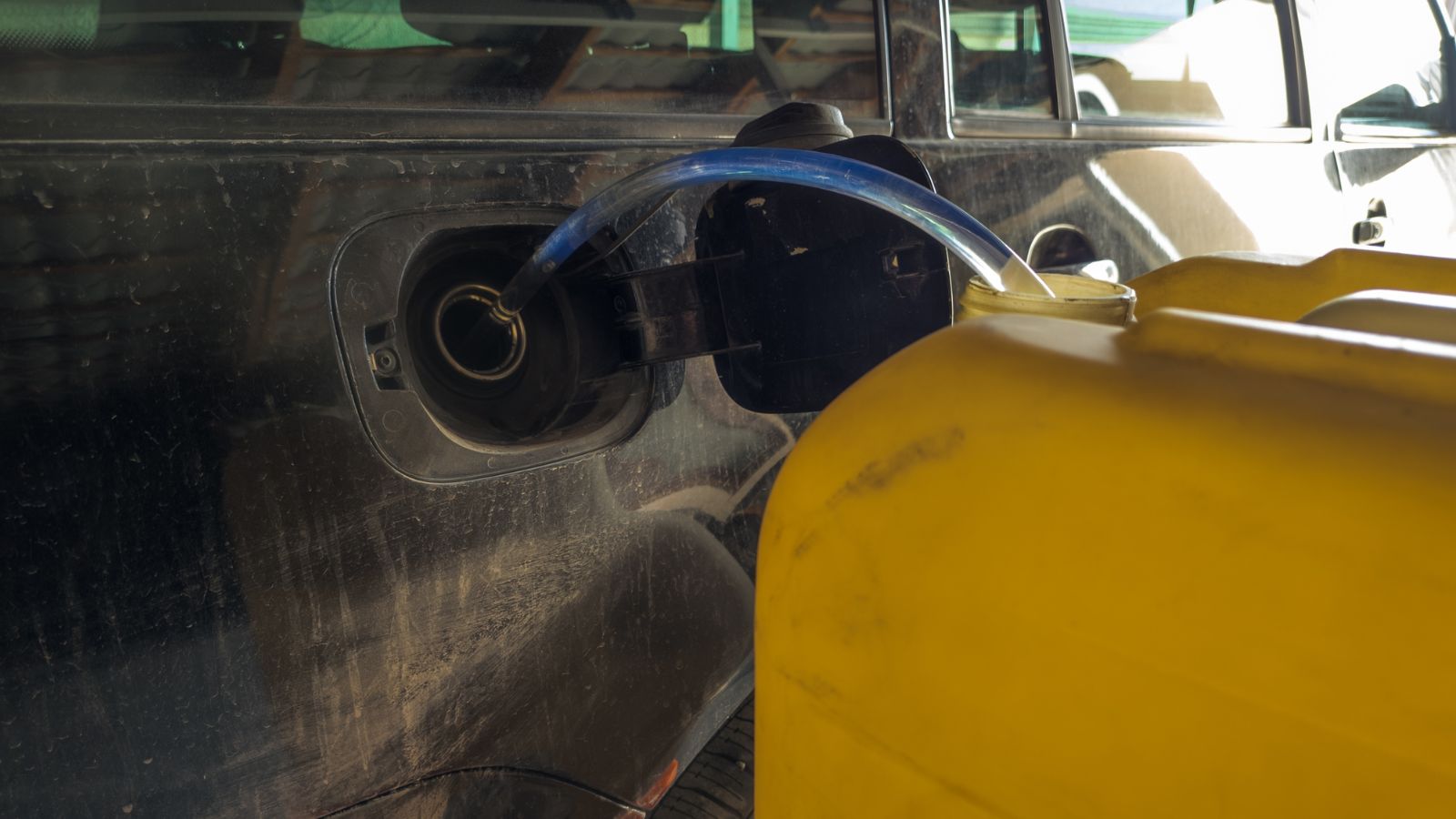
Gasoline has a shelf life, and once it begins to oxidize, it loses its combustive strength. In cars left to sit, the fuel can start breaking down in as little as three months, forming varnish-like deposits that clog fuel injectors and gum up pumps. Ethanol-blended fuels are even more vulnerable because they absorb moisture from the air, which accelerates deterioration. When you finally go to start a car with old gas, you might face rough idling, hesitation, or even a no start condition. Mechanics often have to drain the tank and flush the system before the car will run smoothly again.
Brakes Can Seize or Rust
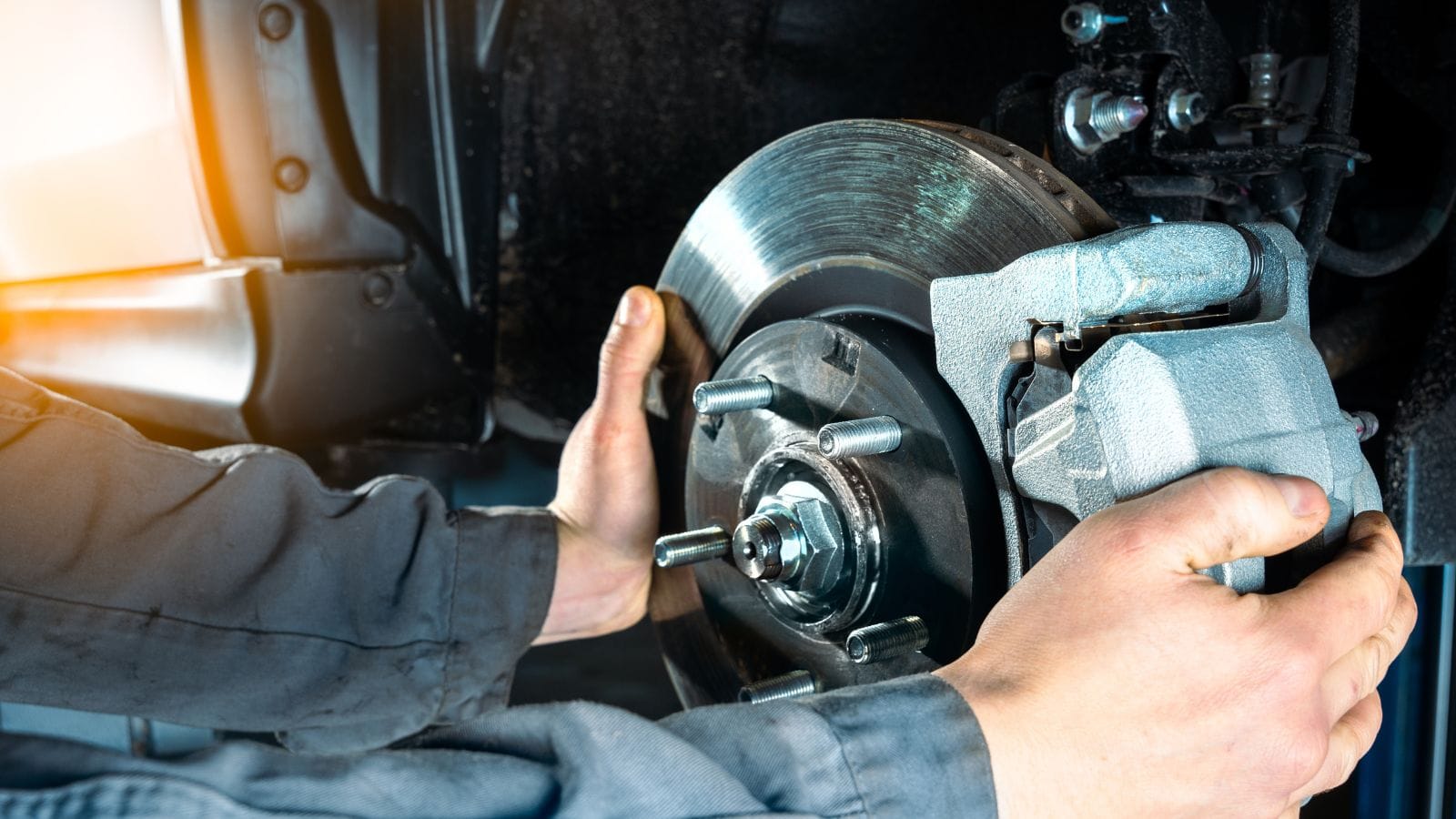
Moisture in the air is a natural enemy of brakes. When a car is parked, the brake rotors are exposed to the elements and develop a surface layer of rust within days. Normally, this rust is cleaned off by the brake pads during driving. But if the car is not used, the rust builds up and can lead to pitted rotors, squealing brakes, or even seized calipers. Drivers often notice that their brakes feel rough, noisy, or unresponsive after the car has been sitting. In serious cases, the braking system requires expensive parts replacements to be restored to safe function.
Rodents May Move In
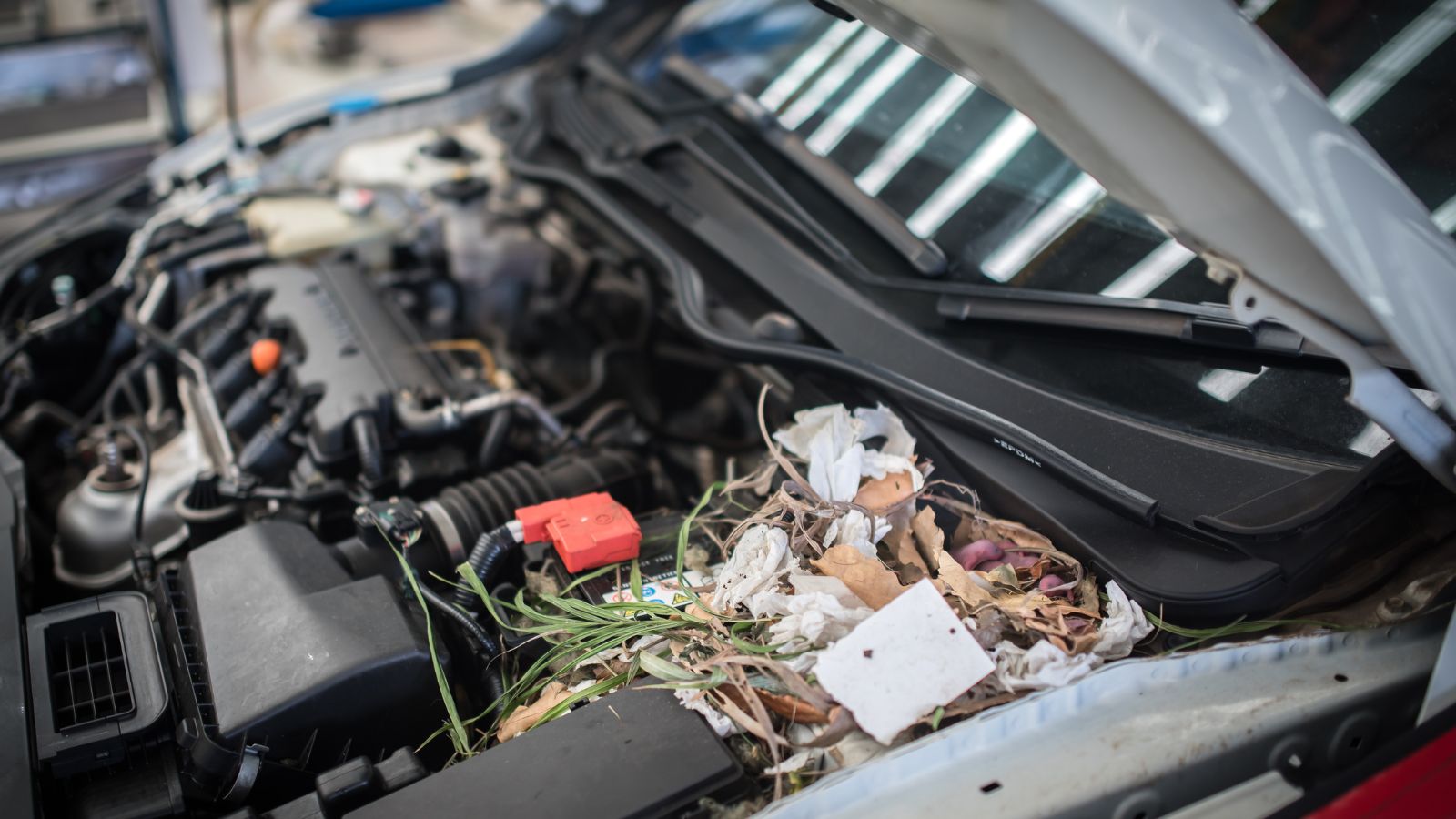
An idle car can become an unintended invitation for rodents. The warmth of the engine bay and the quiet shelter of a stationary vehicle make it the perfect nesting place for mice and squirrels. These animals chew on wiring, insulation, and hoses, leaving behind costly damage. They may also fill airboxes with debris or create nests inside the cabin. The damage from rodents can be extensive, sometimes totaling thousands of dollars in repairs. Cars left outdoors in rural or wooded areas are especially at risk, but even vehicles parked in driveways in suburban neighborhoods have been victims.
Seals and Gaskets Dry Out
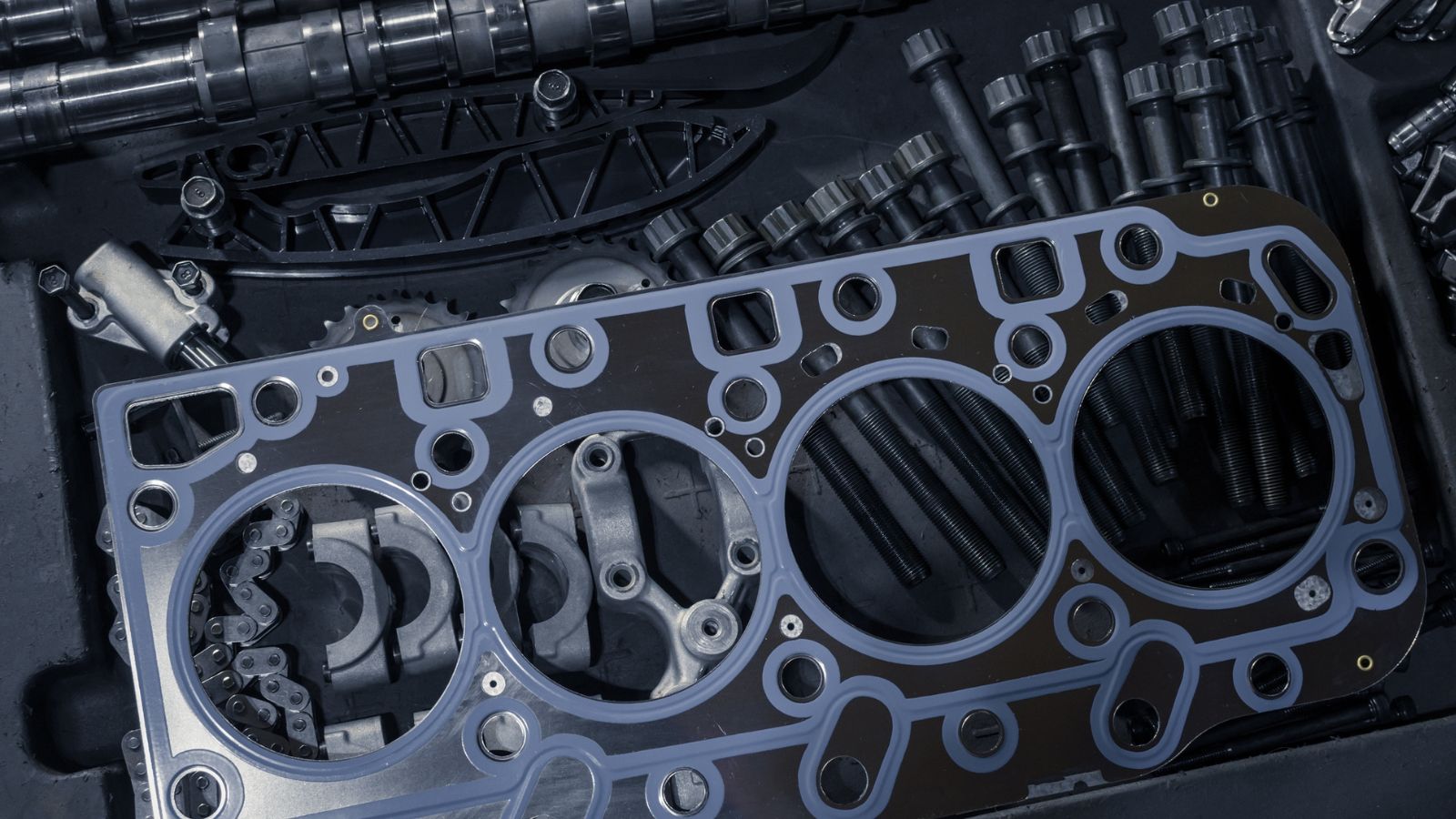
Rubber seals and gaskets in the engine, transmission, and cooling systems are designed to stay pliable with regular lubrication from fluids. When a car is left unused for long stretches, those seals dry out, shrink, or crack. This leads to leaks once the vehicle is started again. Oil and coolant leaks are common in cars that have been idle for months, often requiring gasket replacements or more extensive repairs. Driving keeps seals lubricated and flexible, which is why regular use is the best preventative maintenance for these hidden but essential components.
The Chain Reaction of Neglect
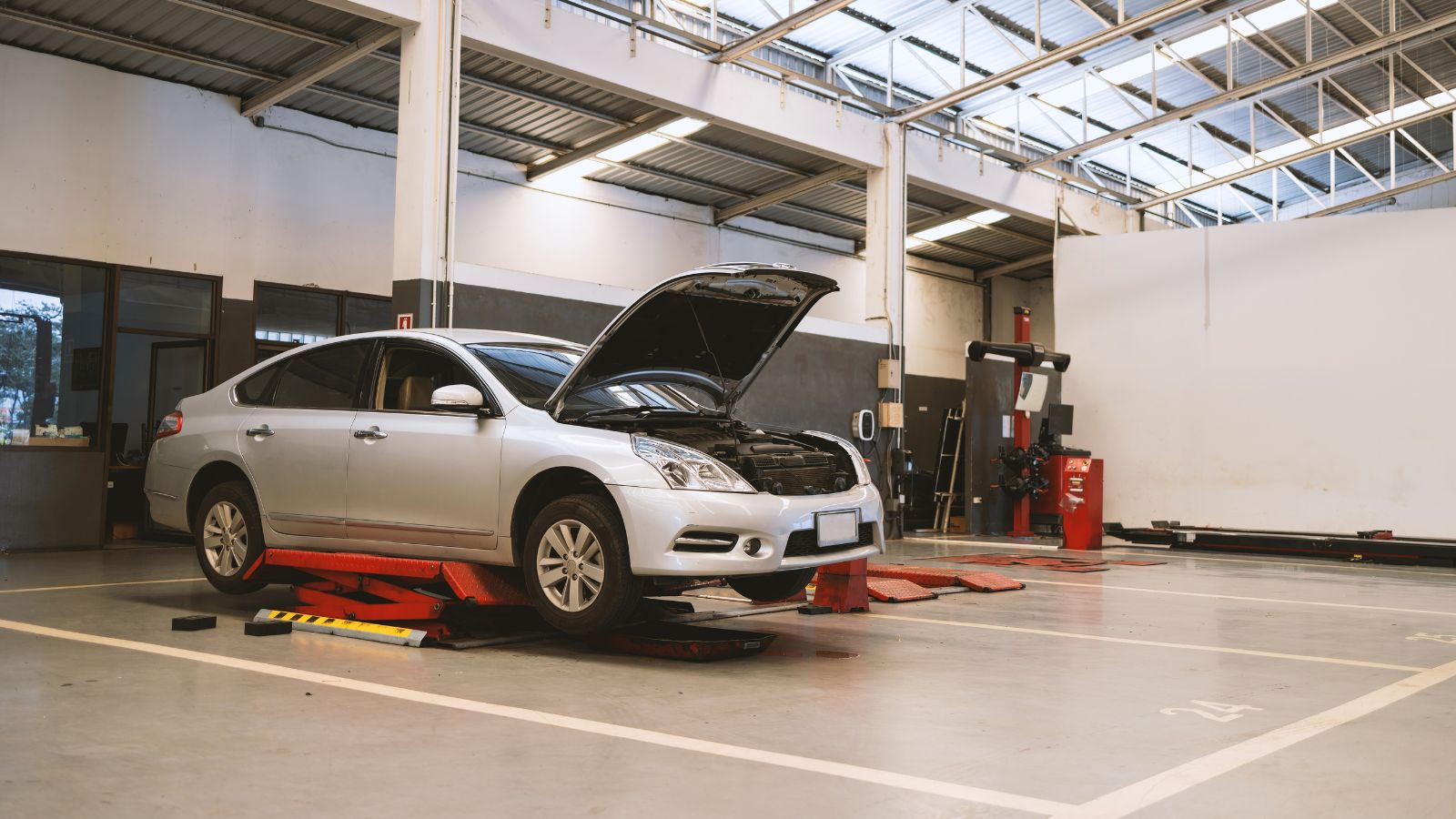
When one part of a car deteriorates from lack of use, it often causes secondary problems. A dead battery can lead to jump starts that stress the alternator. Old fuel can cause injector clogs that affect engine performance. Flat spotted tires put strain on suspension components. Each of these issues builds upon the other, turning what could have been a simple maintenance task into a costly repair bill. Mechanics often say that a car sitting idle for six months can end up in worse condition than one driven daily for the same amount of time.
Time Decays
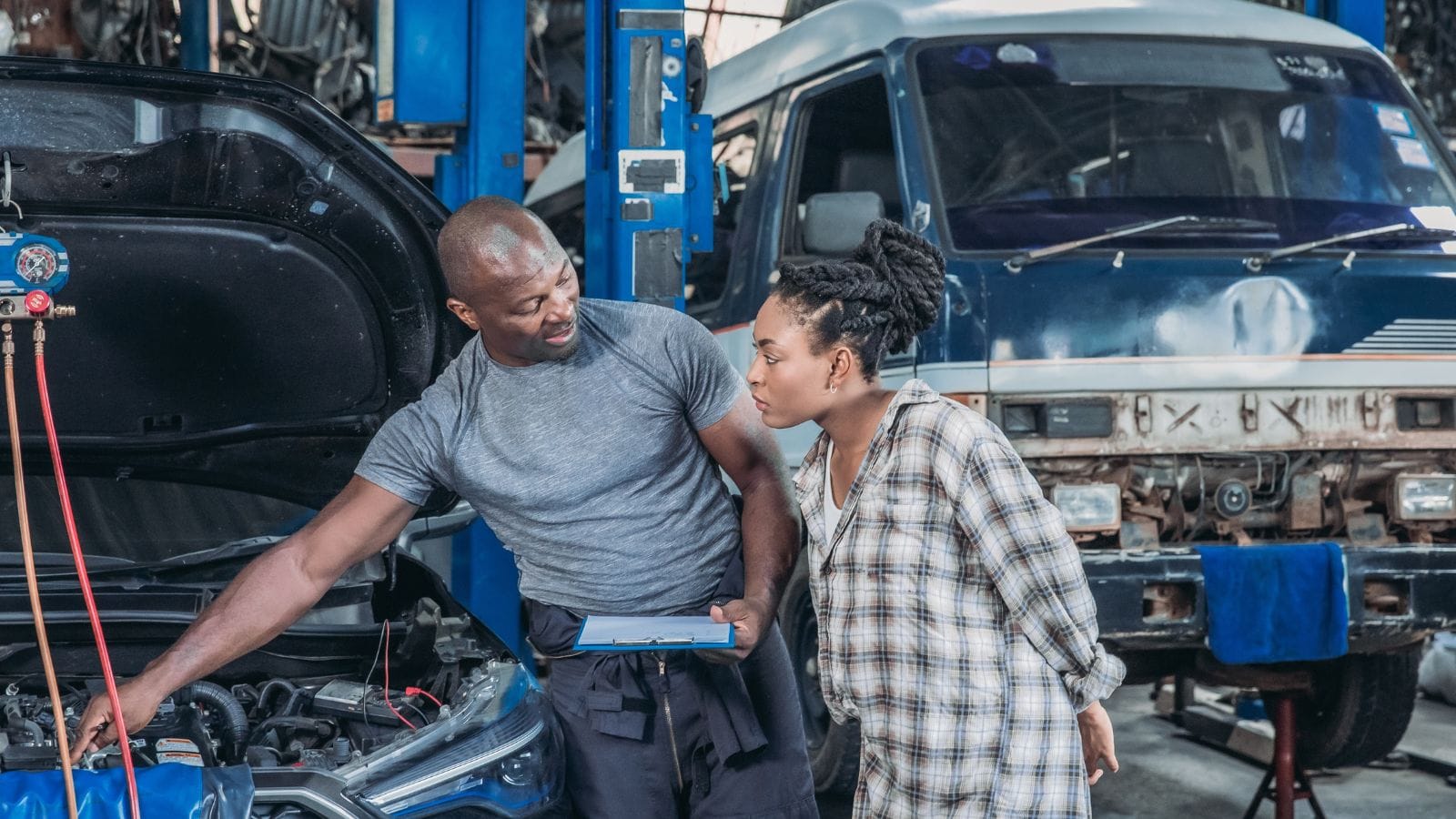
Cars are machines that stay healthiest when they are used regularly. Leaving one parked for weeks or months without starting it or taking it for a drive can create a laundry list of problems, from dead batteries and rusted brakes to dried out seals and ruined tires. Even a short fifteen to twenty minute drive every couple of weeks allows fluids to circulate, the battery to recharge, and the tires to flex, keeping everything in working order. Without that attention, a car can deteriorate quietly while parked, leading to unpleasant surprises the next time you turn the key.
25 Facts About Car Loans That Most Drivers Don’t Realize

Car loans are one of the most common ways people fund car purchases. Like any other kind of loan, car loans can have certain features that can be regarded as an advantage or a disadvantage to the borrower. Understanding all essential facts about car loans and how they work to ensure that you get the best deal for your financial situation is essential. Here are 25 shocking facts about car loans that most drivers don’t realize:
25 Facts About Car Loans That Most Drivers Don’t Realize
